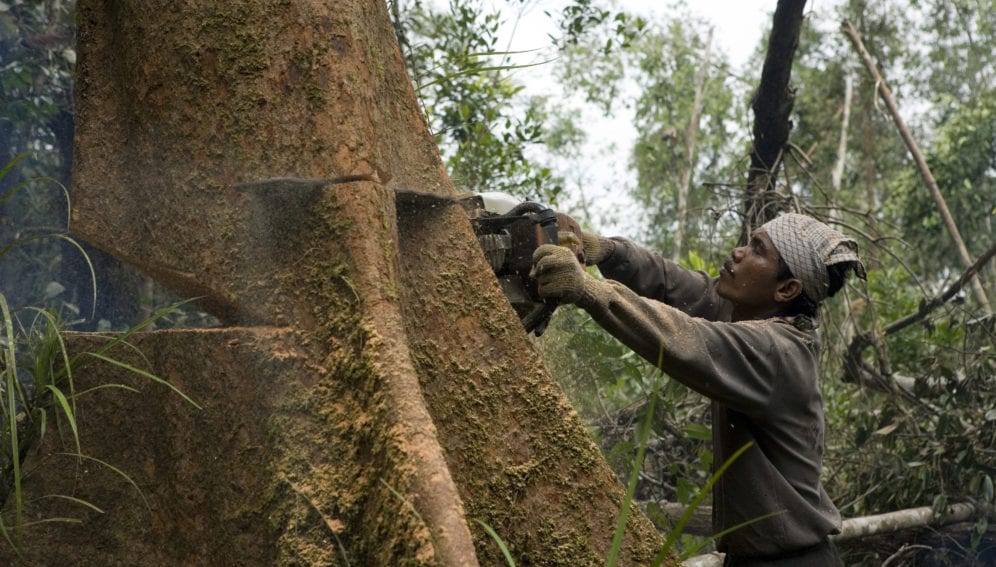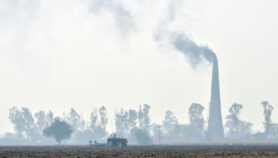Send to a friend
The details you provide on this page will not be used to send unsolicited email, and will not be sold to a 3rd party. See privacy policy.
[JAKARTA] A “geo-economic” approach may help address the problem of deforestation linked to Indonesia’s palm oil industry, say delegates of the recent International Conference on Oil Palm and Environment held in Bali, Indonesia.
Yu Leng Khor, an independent political economist with Segi Enam Advisors, Malaysia, suggested at the conference (25—27 April) that geospatial data could be combined with local socio-economic data (geo-economic data) to better understand impacts on smallholders who account for more than 40 per cent of Indonesia’s palm oil production.
According to a World Resource Institute report, Indonesia’s forest loss over the last several years is related to the expansion of oil palm cultivation outside concession areas, mostly by smallholders. This is supported by a study that shows that 45 per cent of sampled plantations in Southeast Asia came from areas that were forests in the 1980s.
“Establishing geo-economic data will bridge the gap between international stakeholders and smallholder farmers in Indonesia. Project developers and local authorities concerned with human development can plan to minimise localised impact from land use change”
Yu Leng Khor, Segi Enam Advisors
“I think we need to recognise the time-scale narrative of socio-economic development. So, I was curious why there haven’t been too many studies that combine satellite data with socio-economic data to determine the impact of oil palm in Indonesia’s smallholder communities,” Khor said.
Khor found oil palm to be a major economic activity, with 35 per cent of Riau province under the crop. She collected data on human development, income, and net labour supply and combined it with geospatial data of oil palm plantations owned by smallholders. She found that oil palm positively impacted socio-economic development of local people in Riau. The same finding was found in other areas of Indonesia.
“Establishing geo-economic data will bridge the gap between international stakeholders and smallholder farmers in Indonesia. Project developers and local authorities concerned with human development can plan to minimise localised impact from land use change,” she said.
Herry Purnomo, a researcher in forest management and policy at the Centre of International Forestry Research (CIFOR), said the geo-economic approach must be accompanied with other social science studies such as sociology and anthropology as the issue of oil palm smallholders is complex.“It is true that the welfare of Riau province is getting better, but we need to know who are the people that have benefited from the oil palm. Is it the native people? Or the immigrant?” he asked.
Herry underlines that the issue of oil palm smallholders is more about land conflicts and social issues. Independent smallholders, who are not associated with any oil palm company, often clear land near primary forests and avoid contact with local officials. As a consequence, they cultivate oil palm with low-quality seeds and get poor yields, he said.
This piece was produced by SciDev.Net’s Asia & Pacific desk.














